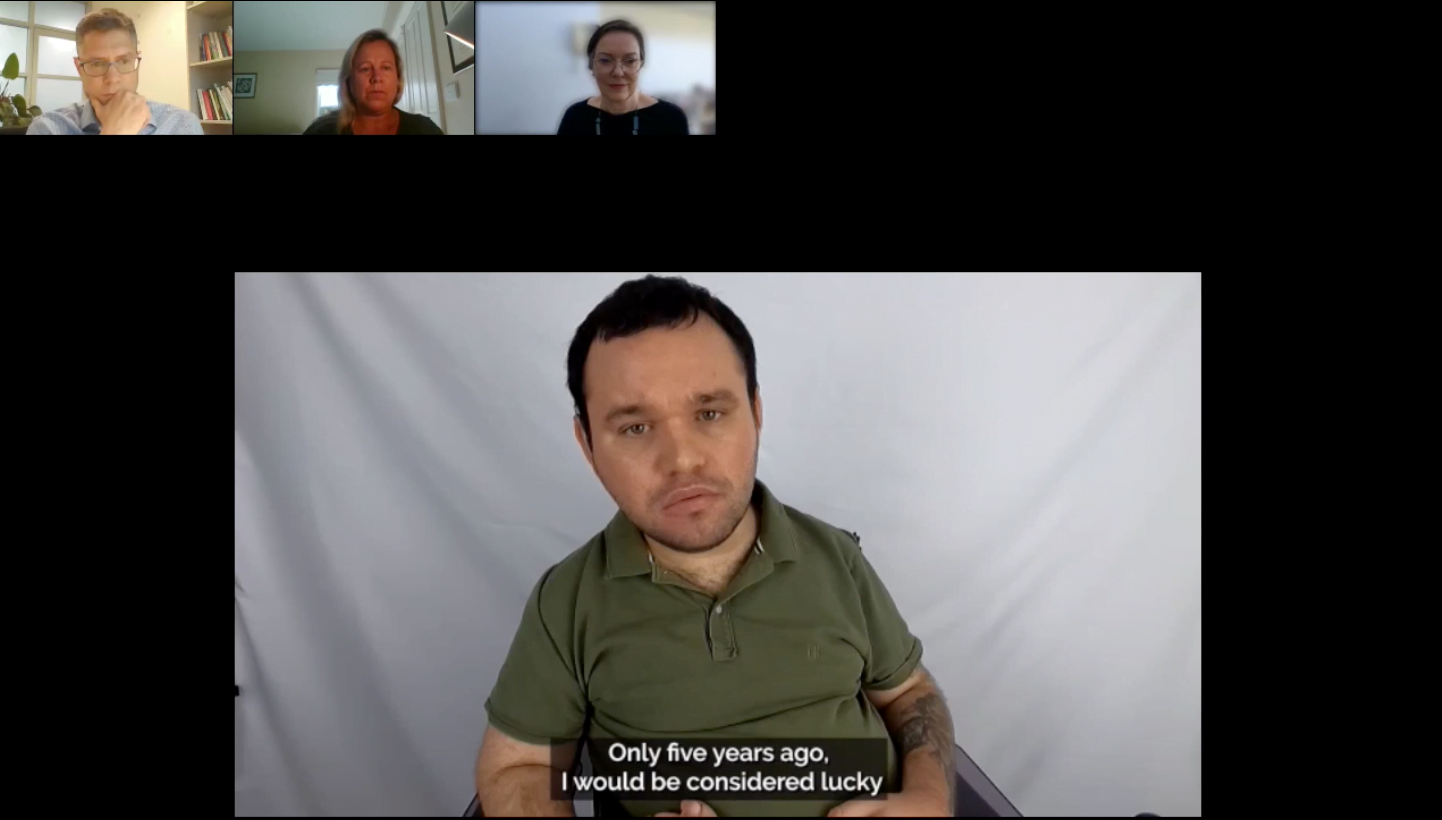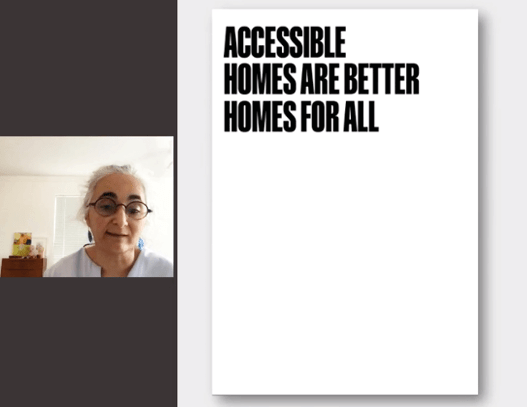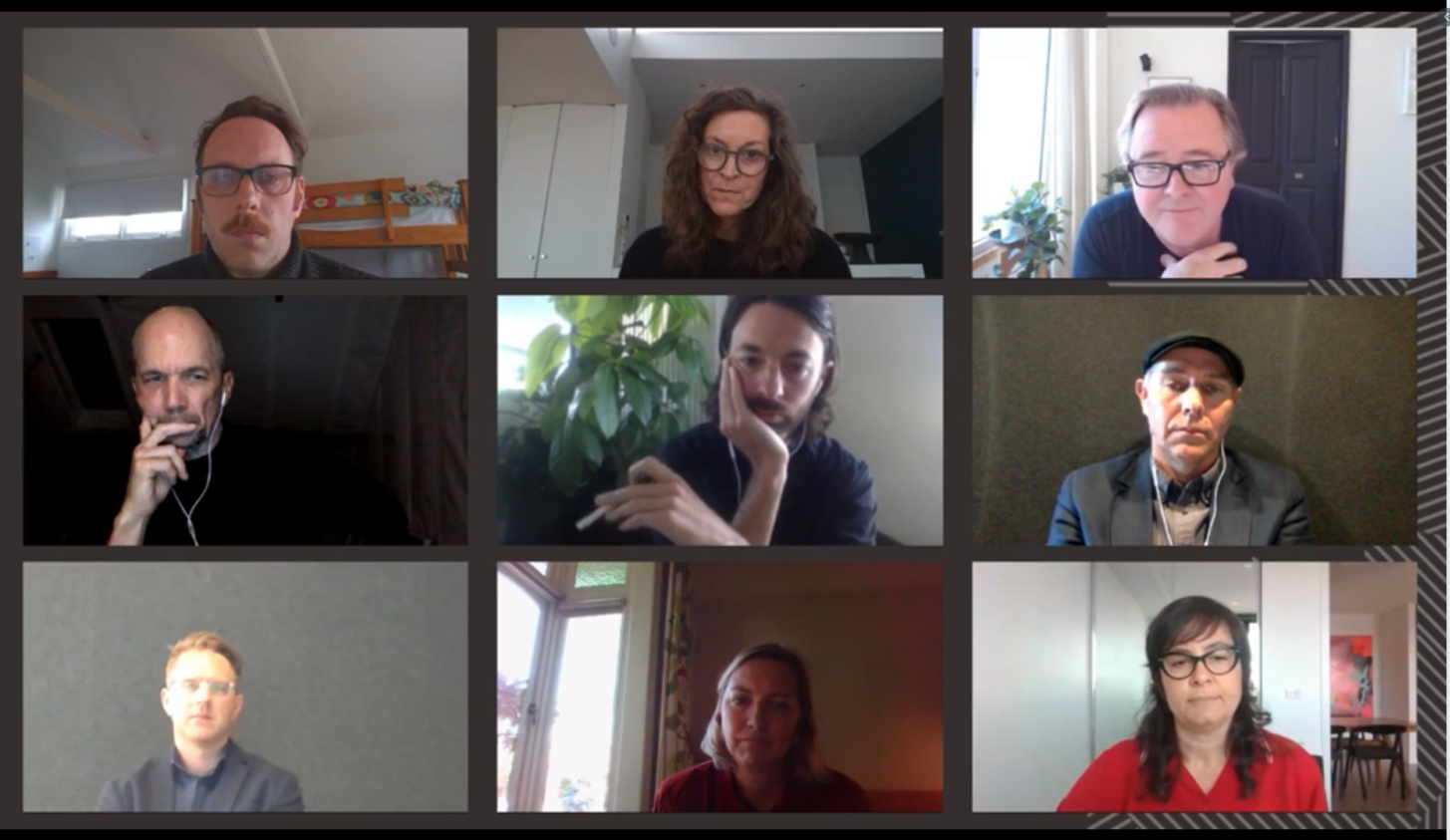Sophie Dyring reflects on the recent symposium and what it offers for thinking about socially valuable housing in Australia.
Housing Assembly, a three-day online conference the presented by the University of Melbourne Faculty of Architecture, Building and Planning in collaboration with the Hallmark Research Initiative for Affordable Housing (HRIAH) took place on 3–5 November. I was enthusiastic about the content before the event began began and it’s my pleasure to reflect here on what was an incredibly diverse, educational, and inspiring conference.
The work of my practice Schored and the content of the Housing Assembly aligned on several themes and objectives, and I will use these as a lens to consider the conference – People, Diversity and Complexity.
People
People are at the heart of Schored, both our clients and our team, and people were at the heart of the conference. I would argue that, for architecture, placing the resident at the heart of design decision-making is mandatory. Architecture is partially or wholly performative, so it must meet the needs of the people who make a dwelling a home.
On each day of the conference, the voice of people with lived experience was heard loud and clear. ‘Sarah’ shared her experiences of living in rooming houses for the past 25 years and explained what if felt like to finally secure a forever, safe and affordable home. Because of her housing, she now lives with freedoms that were not afforded to her before. Cina, Founder and Facilitator of Melbourne Homeless Women’s Peer Support Group, presented many ideas to improve access to housing for all. For me the quote of the conference came from Jono, a lived experience panellist in the session Accessibility; Affordability; Agency…Housing for People with Disability. He summed up designing with care brilliantly:
“there should be nothing about us without us.”

Jonathan Bredin speaking on the panel Accessibility; Affordability; Agency… Housing for People with Disability.
The Social Value of Affordable Housing panel covered a breadth of knowledge from international and local speakers, including Flora Samuel from the University of Reading who, for many years, has been involved in designing post occupancy and social value toolkits. Post occupancy research is critical in getting the projects we deliver right – at the scale of both the city and the home. It ensures residents are represented. I work to have the lived experience voice heard, whether that’s through convening and curating public programs or in the post occupant work we’re doing with XYX Lab at Monash University, with funding from the Lord Mayor’s Charitable Foundation.
Diversity
Programmatically the conference was incredibly diverse – from the daily themes (broadly speaking policy, humanity and architecture) to the content and the speakers. The gender balance on panels and of keynote speakers was noticeable and I commend the organisers for this. This was appreciated, I’m sure, by more participants than just myself.
Emma Power, Senior Fellow at the Institute for Culture and Society at Western Sydney University, spoke eloquently about the relationship of care and housing. I’d never considered this relationship in such a structured way, but it is critical. Homes facilitate the care we can or cannot give our loved ones.
In built work, a key question is how are the individual and the collective represented? And how does designing for everyone become designing for no-one? Both were tackled by the Sustainable and Affordable Build-to-Rent Housing panel and by the international case studies from Argentina, Germany, and Spain. Interestingly, all these international projects used contemporary construction methodologies, such as modular, CLT and pre-cast concrete. Certainly, progressive construction technologies are something we can improve on in Australia, although this is currently difficult in such a highly regulatory environment. At Schored, we’ve been fortunate to build one modular project with a second under design.
The complexities of disability housing, a typology we’ve began working in more recently, was investigated through the work of Monash University students in terms of design outcomes and discussed in two panels –Housing Regulation for Disability Housing and Accessibility; Affordability; Agency…Housing for People with Disability.

Maryam Gusheh presents the work of Monash University as part of the retrofitting the suburbs panel.
Complexity
Time and time again, including in Michael Maltzan’s keynote, we heard that there is no one-size-fits-all solution to our global housing crisis. Everyone in the housing sector – from the markets, to policy makers and construction – has a role to play. At Schored, we address the complexity of the housing sector through advocacy and participation beyond practice. That’s why I participated on the third day as a panellist on Architecture versus Housing: the Local Context. The panel represented the diversity of local practices and projects, each contributing to dealing with housing design and affordability in their own unique ways, including the development models of Nightingale and Assembly and the considered design work by Kerstin Thompson Architects with Homes Vic.

Architecture versus Housing: the Local Context panel, with author Sophie Dyring bottom right.
The complexity of our housing problem ranges from the global perspectives presented by Saskia Sassen, the scale of the city, exemplified in the work presented by Dr Dana Cuff and her cityLAB at the University of California, Berkeley, through to the scale of a home in our Harris Transportable Housing project of 20sqm dwellings.
Housing access and affordability is not a new issue. Barbara Penner, Professor in the Architectural Humanities, Bartlett School of Architecture, University College London, spoke about housing discrimination and Housing Acts in the United States since 1937 and the contribution of Catherine Bauer. We also had the local historical context analysed by Paul Walker and Catherine Townsend in their presentation on Melbourne housing initiatives of the 1960s.

Paul Walker, Barbara Penner, Catherine Townsend and Philip Goad in a panel following Barbara Penner’s keynote address.
I am passionate about bringing great affordable design solutions to all and I felt like the conference co-conveners, Katrina Raynor and Alan Pert align with this value. This Housing Assembly was educational, engaging the inspiring. The future of this sector is looking a little brighter. The same team will bring us a Melbourne IBE (International Building Exhibition) in the coming years. But more can be done. As Australians we are on the whole aspirational, so let’s be more so in our housing system. Kurt Hofstetter’s keynote presented the century-old Austrian societal housing system that has 60% social housing, not just for the lowest income, but for all. Let’s aim higher and keep the pressure on governments to deliver more affordable housing through funding and policy change.
Sophie Dyring is Director of Melbourne-based cross-disciplinary practice Schored Projects.





















